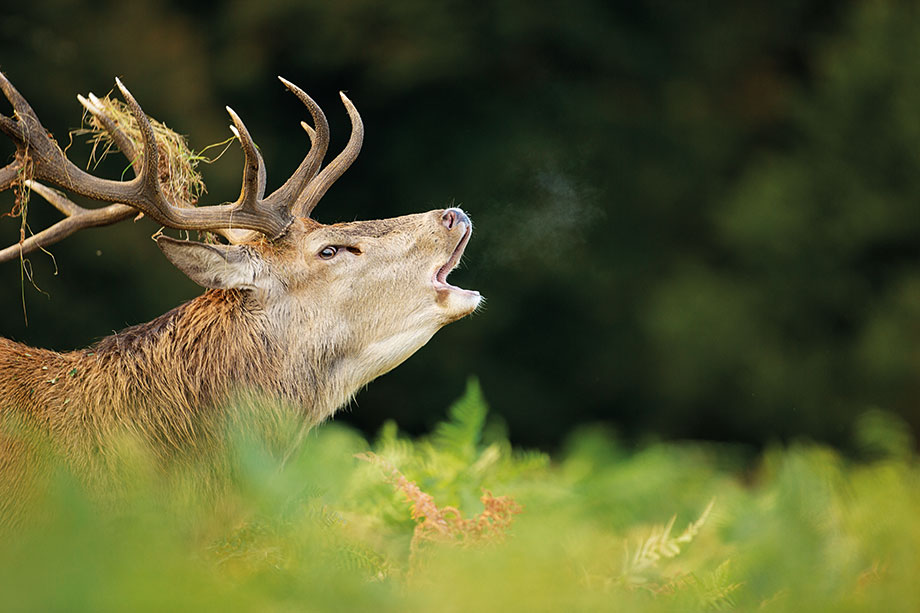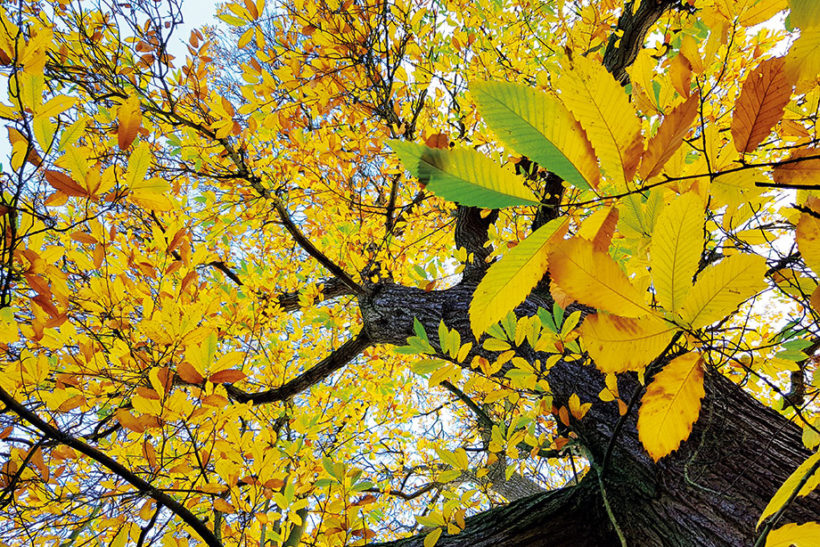With the help of our friends at the RSPB, we learn how you can make the most of the autumn and enjoy its awe-inspiring wildlife.
Autumn is a fantastic time to get out into nature. While colder temperatures, damp weather and shorter days aren’t everybody’s cup of tea, these conditions mean that wildlife is doing all sorts of weird and wonderful things. The RSPB has compiled a collection of top autumn wildlife to spot. Some you’ll be able to see in your local area, or even out of your park home window.
Starlings, a medium-sized bird with a remarkable ability to mimic other birds, huddle together when it’s cold at night to stay warm. These big flocks are like dinner buffets to predators such as falcons and hawks, however, so starlings need a defence strategy – and they turn to dance.

As dusk falls, starlings come together in their hundreds, or even thousands, to swoop, ascend, dive, and lift in a cloud of orchestrated patterns that can help throw off predators. For your best chance at seeing a murmuration, pick a day that’s clear, calm and cold, and try to arrive a bit before dusk. Starling murmurations can start as early as September and often continue into January or February.
Fungi are in a kingdom of their own, more closely related to animals than plants. They communicate with each other, transfer nutrients from plant to plant, and break down matter so it can turn into new life. There are more than 15,000 species of fungi in the UK so if you go searching you never know what you will find! Look out for the dead man’s fingers, or the ‘bleeding’ beefsteak fungus.
Red deer are the largest land mammal in the UK. A stag can weigh as much as 225kg, and from the end of September to November, the stags come together to strive for the right to mate with the females, called the rut. It’s best to watch from a distance, however – stags’ hormones can make stags aggressive even towards humans at this time of year.

Read the full article in the November 2022 issue of Park Home & Holiday Living



